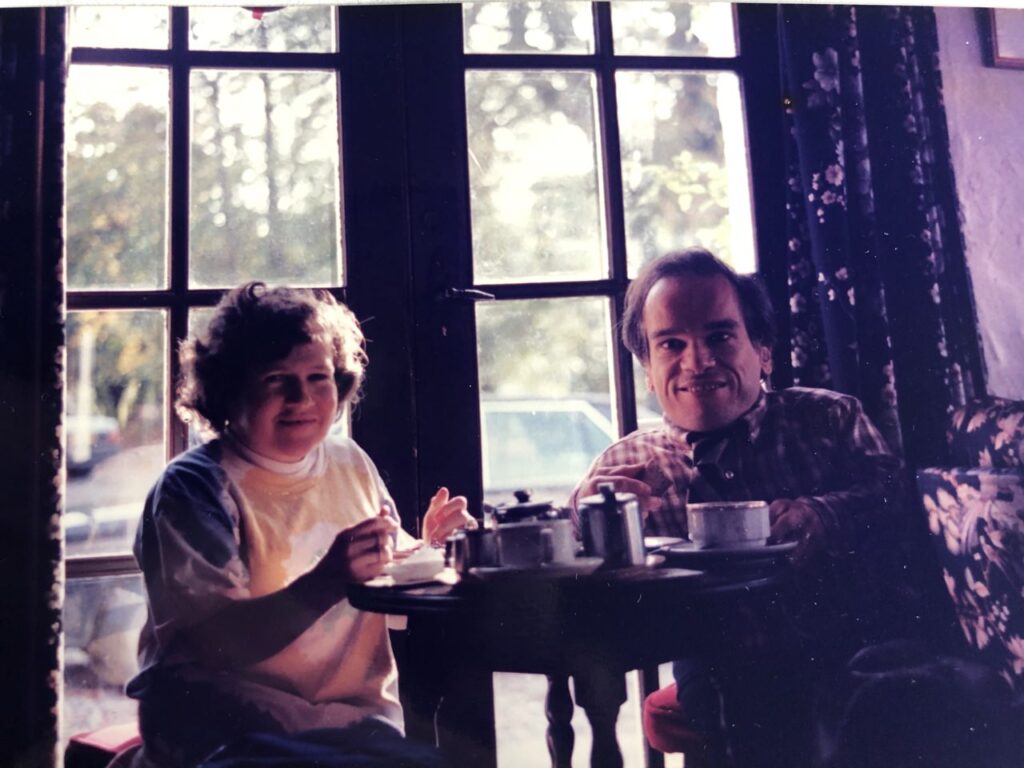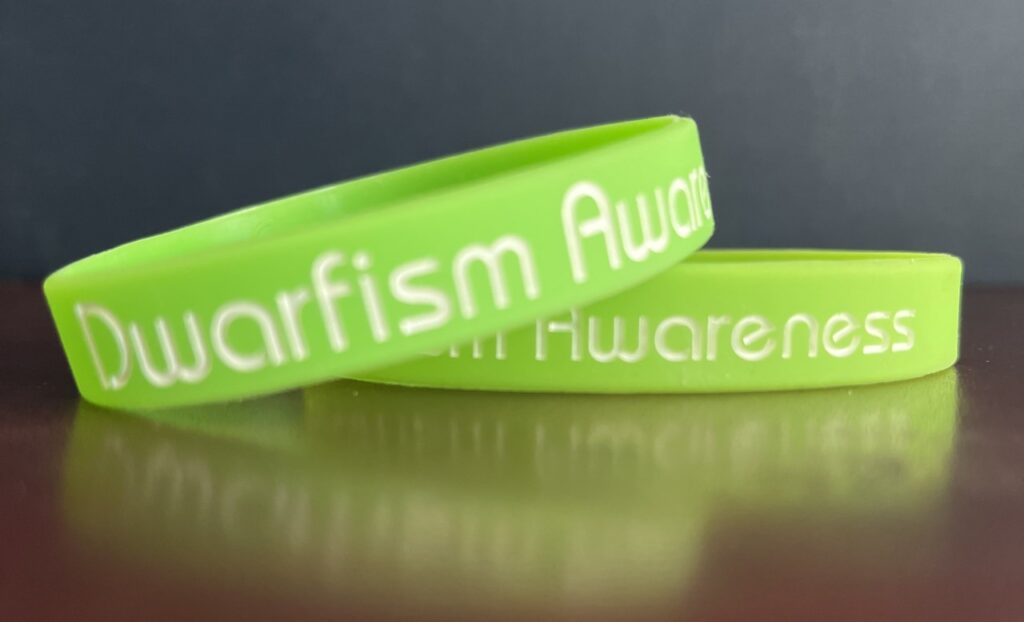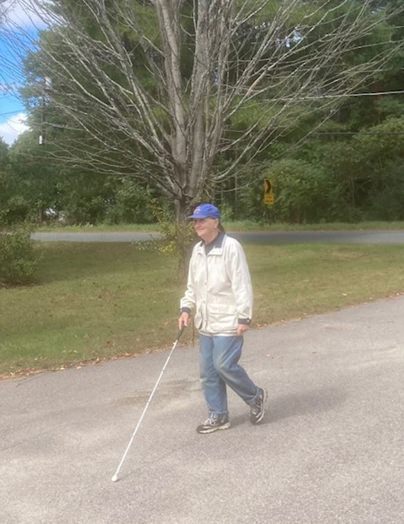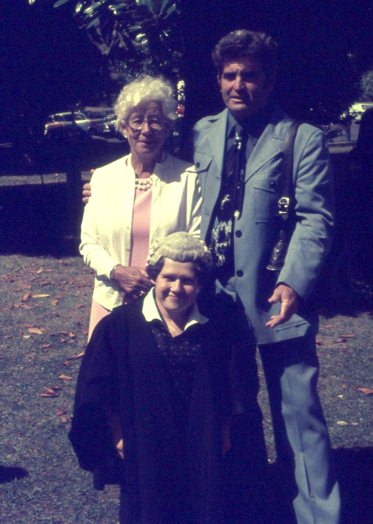
Frequent flyer miles and promotion of the first book in my dwarfism memoir trilogy, Dwarfs Don’t Live in Doll Houses, led to free flights and two nights’ accommodation in Worthing, England. It was October 1990 and we were guest speakers at a weekend conference of the Restricted Growth Association, one of the English organization equivalents to Little People of America.
Our ninth wedding anniversary prompted us to extend the stay for another week. We prepaid a rental car to avoid giving advance notice of our stature. This wasn’t deceptive, but rather timing the disclosure to coincide with our arrival at the service desk. As expected, when we presented our prepaid voucher at the rental agency we were asked to explain how we would drive the car.
Want to subscribe to receive blog updates sign up today!
Robert showed the manager our pedal extensions and seat cushions. Despite obvious doubts, management reluctantly allowed Robert to install the extensions. Word of our presence spread like wildfire and Robert artfully transformed this curious audience of agency mechanics into a team of helpers. They became just as determined as Robert to attach the pedal extensions safely. He probably met every mechanic on the lot before the extensions were successfully installed two hours later.
Then it was my turn. The manager insisted on driving around the block with me to be sure we were not an insurance risk. Robert appointed me to drive since I grew up driving on the left side of the road in New Zealand. I was sleep-deprived having traveled through the night and was relieved to gain the manager’s approval to drive off the lot and finally be on our way.
We had an ambitious itinerary that included the conference, Salisbury Cathedral, Stonehenge, Bath, Stratford-on-Avon, the Lake District, and London. Most of our accommodations were in bed-and-breakfast private homes. We felt the access challenges were worth it to soak in more British culture and cuisine. Did it really matter that we had to leave our bedroom door ajar because we couldn’t reach the door handle?
We spent more time at Salisbury Cathedral, built in 1220, than at Stonehenge which is anywhere from 3,500 to 5,000 years old. The rock formations were impressive, but we preferred the cathedral laid out in the shape of a cross, the 404-foot spire designed to lift our thoughts upwards to God, and seeing one of the four surviving original texts of the 1215 Magna Carta preserving the right to a fair trial and free church.
In Bath, we saw the Roman influence in AD 75 England. Here they built baths in the only mineral hot springs in the country. Robert handled the modern-day parking problem in the historic section of town by flagging down an officer who put a sign in our car window: Driver and passenger are both disabled from U.S.A. but do not have disabled badge.
After these and many other experiences, we left England with a strong taste for a return visit one day. But we couldn’t leave the country without sitting down to a traditional English afternoon tea.
This post was adapted from Chapter 10, Season of Travel, in book II of my dwarfism memoir trilogy, PASS ME YOUR SHOES: A Couple with Dwarfism Navigates Life’s Detours with Love and Faith, https://angelamuirvanetten.com/pass-me-your-shoes/.
You may also like prior posts:
“Read And Change Your Life For The Better.” Angela Muir Van Etten blog. September 5, 2022. https://angelamuirvanetten.com/read-and-change-your-life-for-the-better/
“Car Rental and Marriage Mulligans.” Angela Muir Van Etten blog. October 19, 2020. https://angelamuirvanetten.com/car-rental-and-marriage-mulligans/




